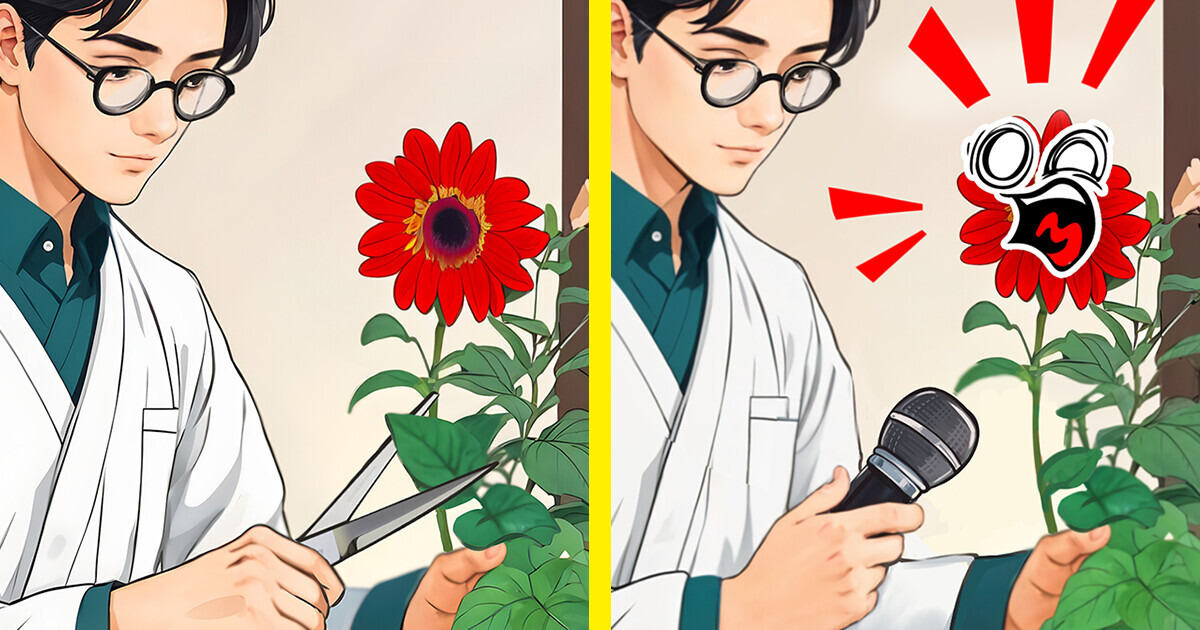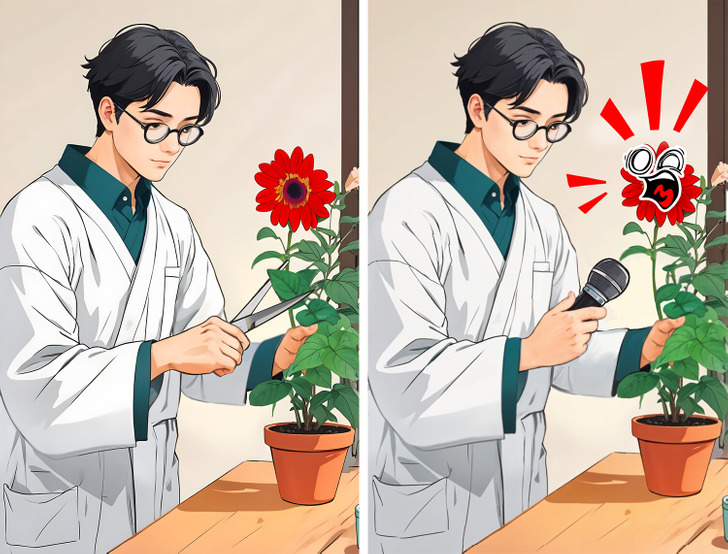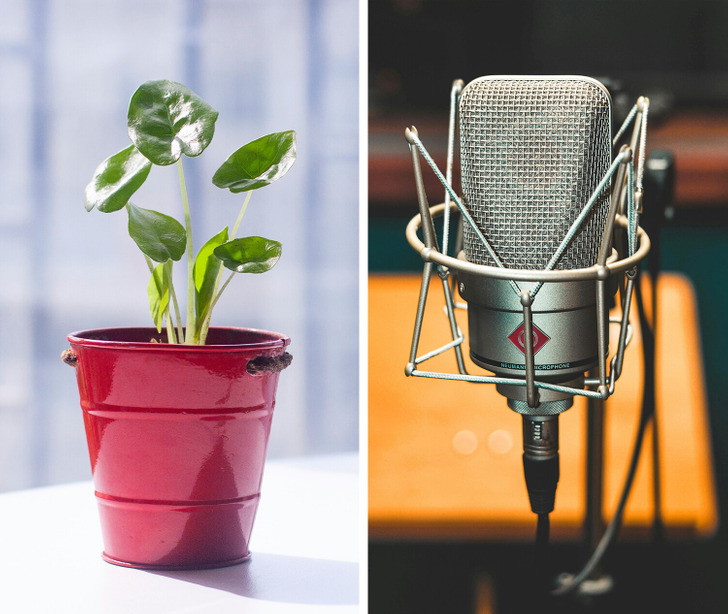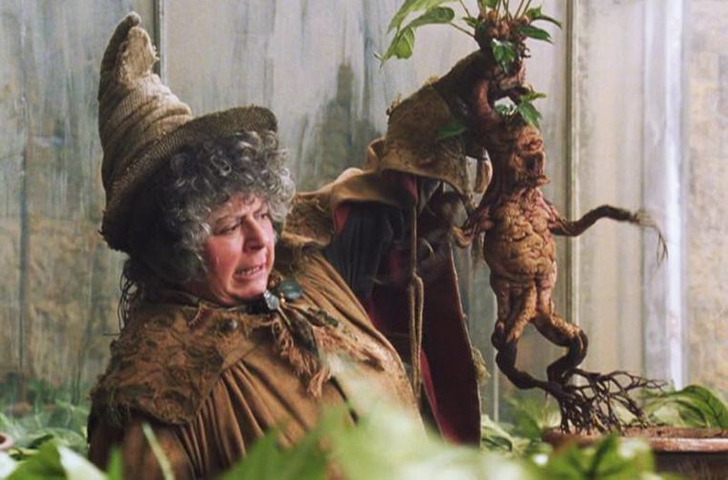Cool
Scientists Reveal Plants Make Sounds When Cut (SOUND DETAILS INSIDE)

When plants are stressed, they produce sounds as loud as a normal human conversation, even though they cannot be heard by the human ear. Researchers recorded these sounds when plants were cut and were surprised to discover that they became louder as the plants experienced more stress. It seems that plants communicate to their environment through these intriguing sounds.
Stressed plants sound the alarm.

When plants are stressed, they go through noticeable changes, like releasing strong smells and changing their color and shape. The researchers wanted to see if plants also make sounds when stressed.
They recorded tomato and other plants in both stressed and normal conditions. In their study, stressed plants were those with cut stems or that were dehydrated.
Scientists described the unusual sounds.
The research examined tomato and cactus plants. When these plants were healthy, they produced very few sounds, averaging less than one sound per hour. However, under stress from cutting or drought, the plants emitted numerous clicks, signaling their distress.
These high-pitched clicks, caused by drought, infections, or cuts, are as loud as a normal human conversation but occur in the ultrasonic range of 40 to 80 kilohertz, which is beyond the human hearing limit of 16 kilohertz.
It is possible to identify plant sounds.
The researchers taught a machine learning algorithm to tell apart the sounds made by healthy plants, cut plants, and dehydrated plants. Healthy plants are mostly quiet, making very little noise.
Stressed plants are much louder, making up to 40 clicks per hour, depending on the species. Dehydrated plants have a unique sound pattern. They start clicking more often before showing visible signs of dehydration. The clicking increases as they get drier and then decreases as they wither away.
The algorithm was able to recognize these different sounds and identify the plant species making them. This wasn’t just true for tomato plants; the researchers found that many plants, like wheat, corn, grape, and cactus, also make sounds.
Plants can communicate with animals.
These clicking sounds might be how plants signal their distress to their environment. Biologists believe that even in quiet fields, there are sounds we can’t hear, but these sounds still carry information.
Some animals can hear these sounds, which means a lot of sound-based communication might be happening. Plants often interact with insects and animals, many of which use sound to communicate, so it would make sense for plants to use sound too.
There’s still a lot to learn.
We don’t yet fully understand how plants make these sounds, but scientists think it might be due to cavitation. Cavitation happens when stressed plants create and pop air bubbles in their circulation system, causing vibrations.
It’s unclear if making sounds is something plants evolved to do or if it just happens naturally. However, researchers showed that an algorithm can learn to recognize different plant sounds. Other organisms might also have this ability. For humans, this means we could listen for signs that plants need water and help them before they suffer.
Researchers have sparked interest with a study suggesting that having children after age 40 might lead to a longer life. Recent findings show that women who give birth in their 40s are more likely to live to 100. There seems to be a clear connection between delaying parenthood and living longer, and medical experts are looking into the details.
Comments
Related Reads
12 Moments That Inspire Us to Stay Kind, Even If Life Feels Impossible

My BFF Invited Me to Her Baby Shower, It Turned Into My Worst Nightmare

My Mom Ignored Me for Years, Then Suddenly Begged Me for Help

16 Moments That Remind Us to Stay Kind Even If the World Turns Ice Cold

My Mom Tried to Force Me to Name My Baby After Her, the Truth Still Haunts Me

12 Stories That Prove Kindness Is Not Weakness, It’s Quiet Strength

My Family Says I’m Not a Real Mom Because of How My Baby Was Born

14 People Who Walked Straight Into Awkward Moments

15+ Raw Stories About Jealousy That Can Leave You Speechless

I Refused to Beg My DIL for Forgiveness—Then Suddenly She Needed Me

I Refuse to Obey My Pregnant DIL’s Demand to Turn a Merry Christmas Into a Vegan One

I Won’t Accept Unequal Treatment in the Family Business




